Lifting casters come in several different types, each designed to suit specific applications. The primary division between these types is based on the method of operation, with lift up caster wheels and foot operated lifting casters being common. Lift up caster wheels are typically manually operated, requiring an operator to manually lift and lower the wheels. Foot operated lifting casters, on the other hand, are designed for ease and convenience, allowing the operator to lift and lower the wheels using a foot pedal. There are also lifting casters for workbench, designed specifically to fit workbenches and provide them with mobility.
Materials used in lifting casters
The materials used in the construction of lifting casters play an integral role in determining their durability, functionality, and suitability for specific applications. The common materials used include steel, plastic, and rubber. Steel is a durable material that lends itself to heavy-duty applications, making it suitable for hydraulic lift casters and hydraulic floor jack wheels. Plastic and rubber, on the other hand, are more suited to light-duty applications, and are often found in lift table wheels and casters that raise and lower.
Features of lifting casters
The unique features of lifting casters set them apart from other types of casters. One of the key features is the ability to lift and lower, which is why they are often referred to as casters that lift up or casters that raise and lower. This feature allows the user to easily adjust the height of the item the casters are attached to, providing greater flexibility and adaptability. Another notable feature of lifting casters is their heavy-duty construction. Many lifting casters, such as quickjack casters and lift castors, are designed to handle heavy loads, making them ideal for industrial applications.
Lastly, some lifting casters come with additional features such as locking mechanisms and swivel capabilities. Locking mechanisms offer added safety by preventing the caster from moving when it's not supposed to, while swivel capabilities allow for easier maneuverability.
Advantages of lifting casters
Using lifting casters offers a range of advantages. Their ability to lift and lower items can greatly enhance the functionality of items like workbenches, tables, and machinery. For example, workbench lift casters and lift tables on wheels can improve the ergonomics of a workspace by allowing the user to adjust the height of the work surface. In addition, the heavy-duty construction of many lifting casters means they can handle heavy loads, making them a valuable asset in industrial settings. For instance, pneumatic lift casters and hydraulic casters can withstand the demanding conditions of factories and warehouses.
Lifting casters offer a versatile and practical solution to many mobility challenges. Whether it's for a workbench, a lift table, or heavy machinery, there's a lifting caster that can meet the needs.








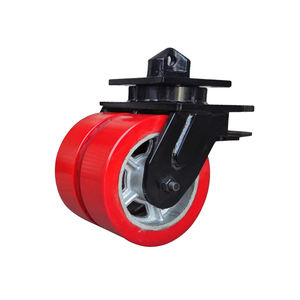








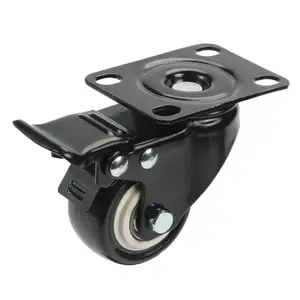

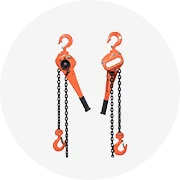
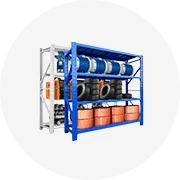
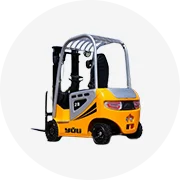








 浙公网安备 33010002000092号
浙公网安备 33010002000092号 浙B2-20120091-4
浙B2-20120091-4